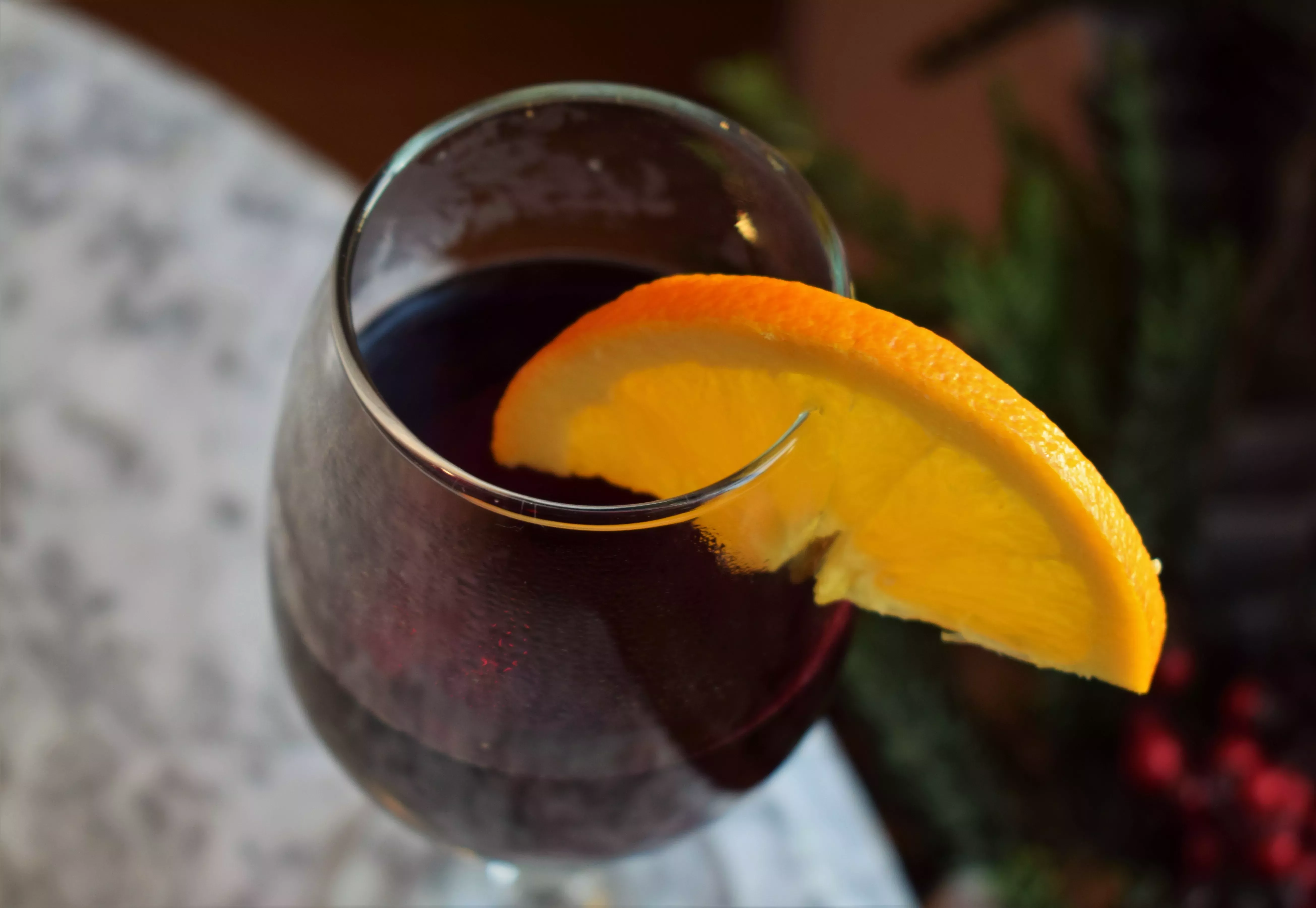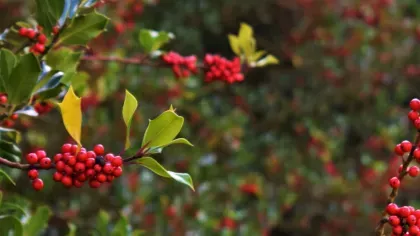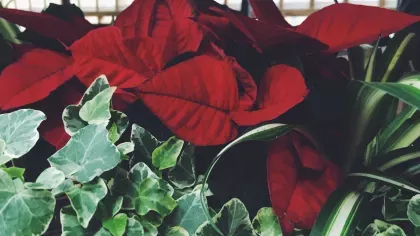19 December 2018
Mulled wine: Tastes of Christmas growing at Kew
It’s mulled wine season. Learn more about the plant stars of this Christmas favourite.

Many of us love a mulled beverage at this time of year - whether it be mulled wine, cider, or hot mulled juice.
Check out our selection of the champion mulled wine ingredients growing in our incredible living plant collection.
Vanilla
Used in a huge array of products, from custards and ice creams to shampoos and perfumes, vanilla is the world's most popular spice.
It's native to the tropical rainforests of Mexico and Central America where it can still be found growing, although it's now rare in the wild.
Vanilla is a tropical orchid, and is one of the only orchids that produces economically valuable fruit. It's the second most expensive spice after saffron, because its production is so labour-intensive.
Grown widely on farms throughout the tropics, Indonesia and Madagascar are the world's largest producers. There are over 100 species of vanilla, but 95% of vanilla used in trade is from vanilla planifolia.
A pollination game
In its native home, vanilla relies on a specific bee called the melipona bee which pollinates it. This species of bee doesn't live in other places, so in commercial vanilla farms each flower must be painstakingly hand-pollinated.
The flowers are only open for eight hours so this is a tricky task as farms can't control the timing of when flowers open.
Once pollinated, the vanilla pods begin to grow. They're long and thin and grow to about 20cm long in a month. After eight months, they're picked by hand and go through a lengthy curing process, which gives them a richer flavour.
Wander down to the Palm House and check out our vanilla plant for yourself, which first flowered in 2015. It currently has lots of pods, which were hand pollinated by our horticulturalists.
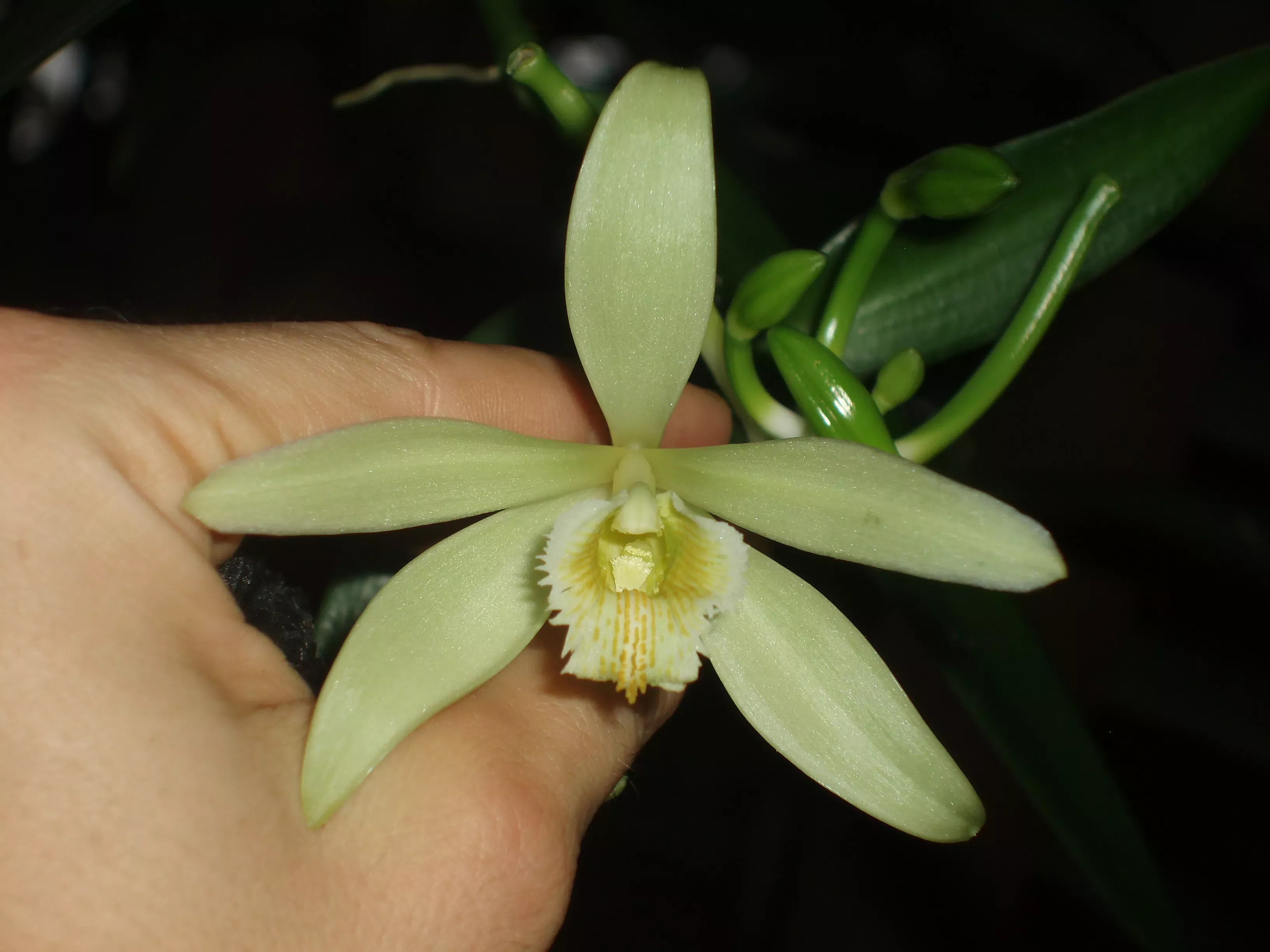
Cinnamon
This fragrant spice comes from the inner bark of an evergreen tropical tree. Native to Sri Lanka, cinnamomum verum is the most widely used tree for commercial cinnamon.
Cinnamon has been grown and used for centuries. Ancient Egyptians used cinnamon in their embalming process, and medieval physicians used cinnamon in medicines to treat coughing and sore throats.
Chopped back
When a cinnamon tree is about two years old, the farmer will cut back the tree to a stump and cover it with soil. Although this sounds harsh, this is how the cinnamon sticks we know and love are produced.
When the plant is chopped back like this, it starts growing like a bush and produces new shoots by the following year.
These shoots are harvested and stripped of their bark, and the peels are set out to dry in the sun, where they naturally form into curls.
Not only does it smell and taste great, cinnamon is also know for its many health benefits. The essential oil contained in the bark has antiviral and antifungal properties, and cinnamon extract has been used to relieve digestive discomfort in Eastern and Western medicine for years.
Head down to the Temperate House to see cinnamomum tamala, a species used in cooking and in traditional Indian medicine, and a cousin of the widely used cinnamomum verum.
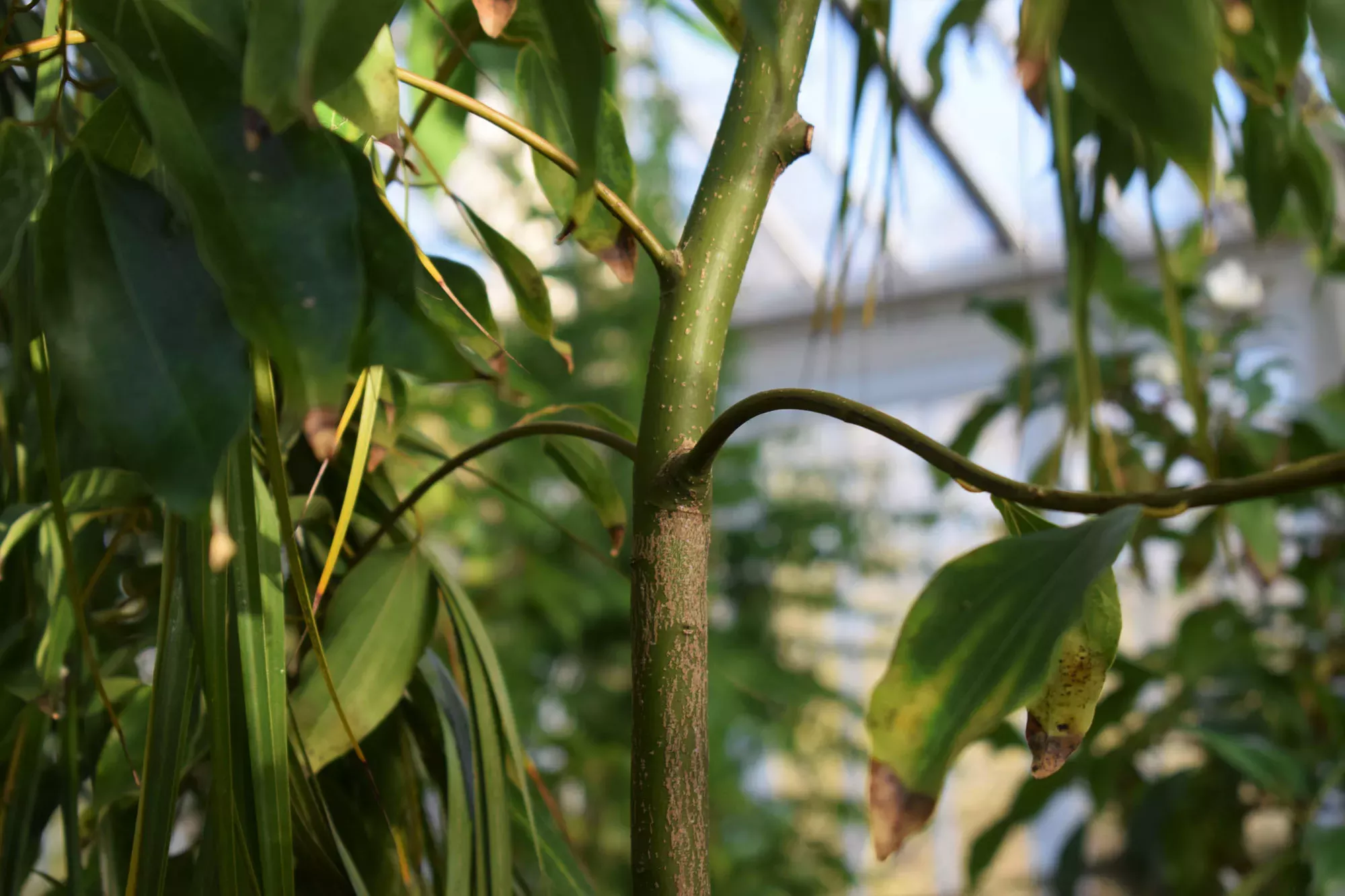
Oranges
To add a tangy, fruity edge to your mulled wine, throw in some zingy orange peel.
Oranges were originally from Southeast Asia, but they're now grown in Brazil, the United States, the Middle East, Asia (China predominantly), Indonesia, Southern Europe and Central America.
Oranges are a varied bunch, as there are over 600 varieties! They're packed with the good stuff, as just one medium orange will provide the recommended daily allowance of Vitamin C.
Surprisingly, orange peel actually contains higher amounts of certain nutrients than the flesh, so using the zest of an orange in recipes will give you an extra boost.
We have two beautiful orange trees growing in the Temperate House - the sweet citrus sinensis and bitter orange citrus aurantium.
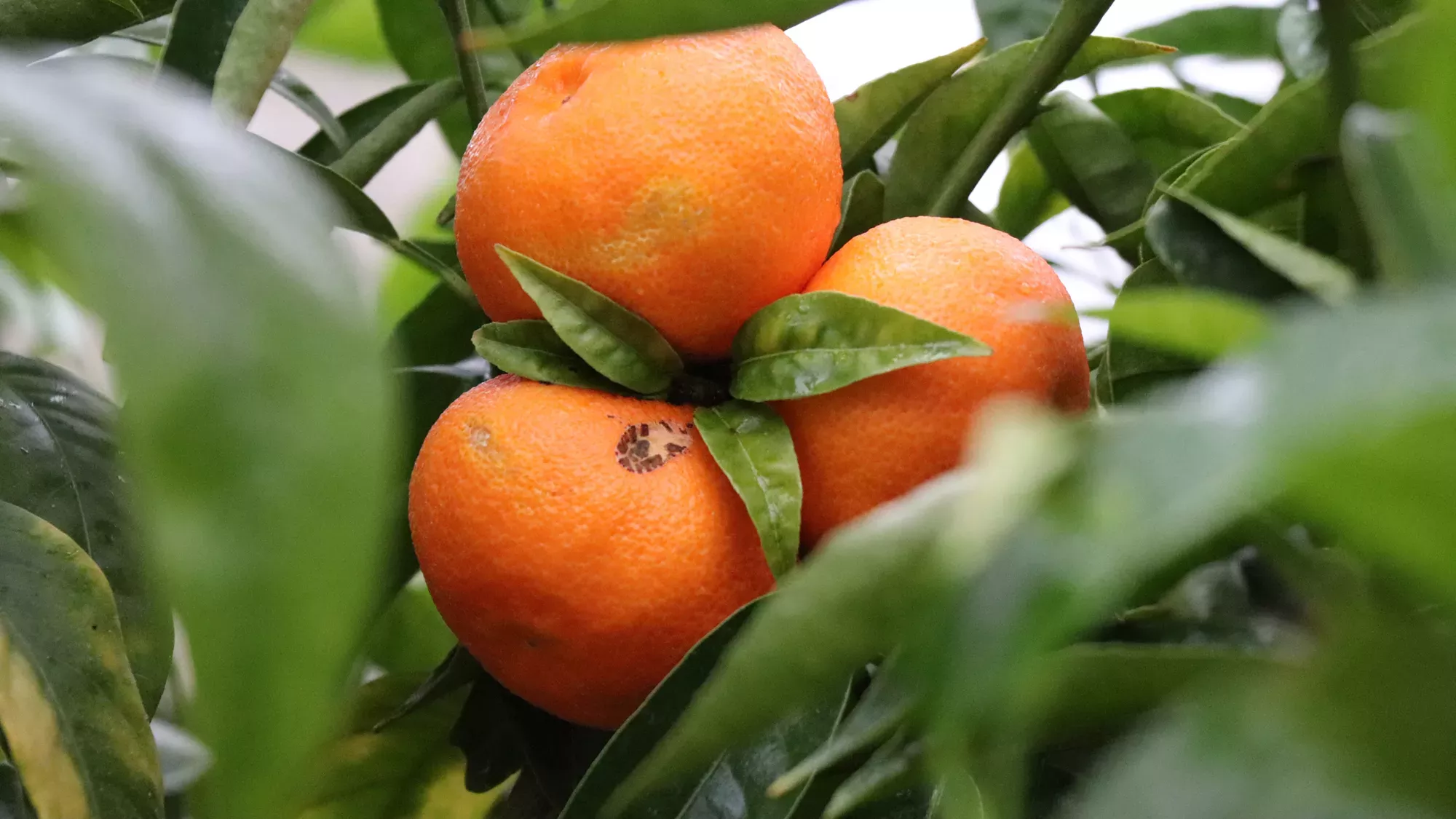
Make your own mulled wine
Cook up your own mulled wine with our festive recipes from Kew's kitchen. Or why not treat yourself to a glass at one of our restaurants.
Ingredients
- 2 litres of your choice of table red wine
- 2 fresh orange peels
- 1 lemon
- 200g caster sugar
- 6 whole cloves
- 1 cinnamon stick
- 2 fresh bay leaves
- 5g grated nutmeg
- 1 vanilla pod (halved lengthways)
- 2 star anise
- 1tsp of all spice (optional)
Method
Put the sugar and wine in a large saucepan over a medium heat and contiunously stir until the sugar is completely dissolved.
Add the lemon (halved), and all the spices, and simmer for 20 minutes.
Pour into a glass and enjoy.
